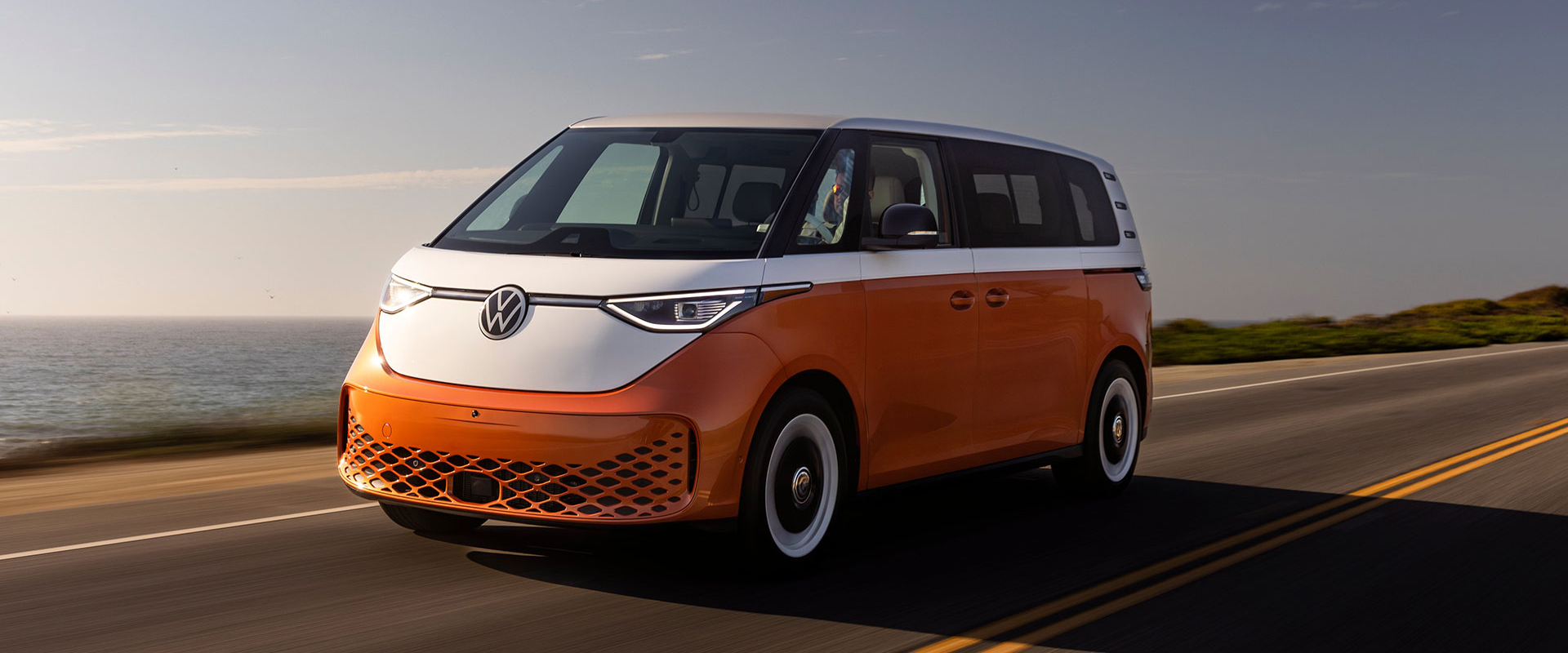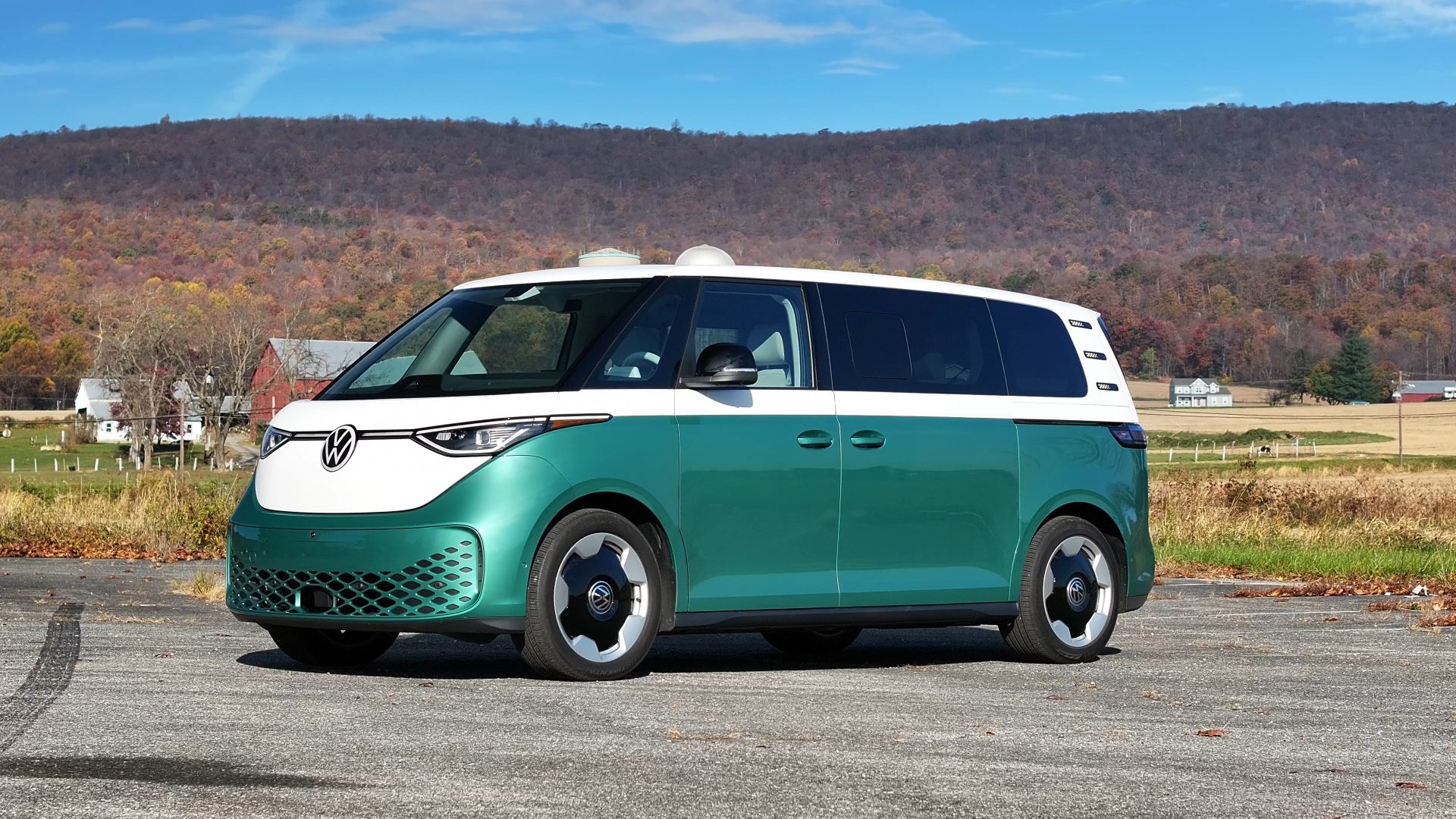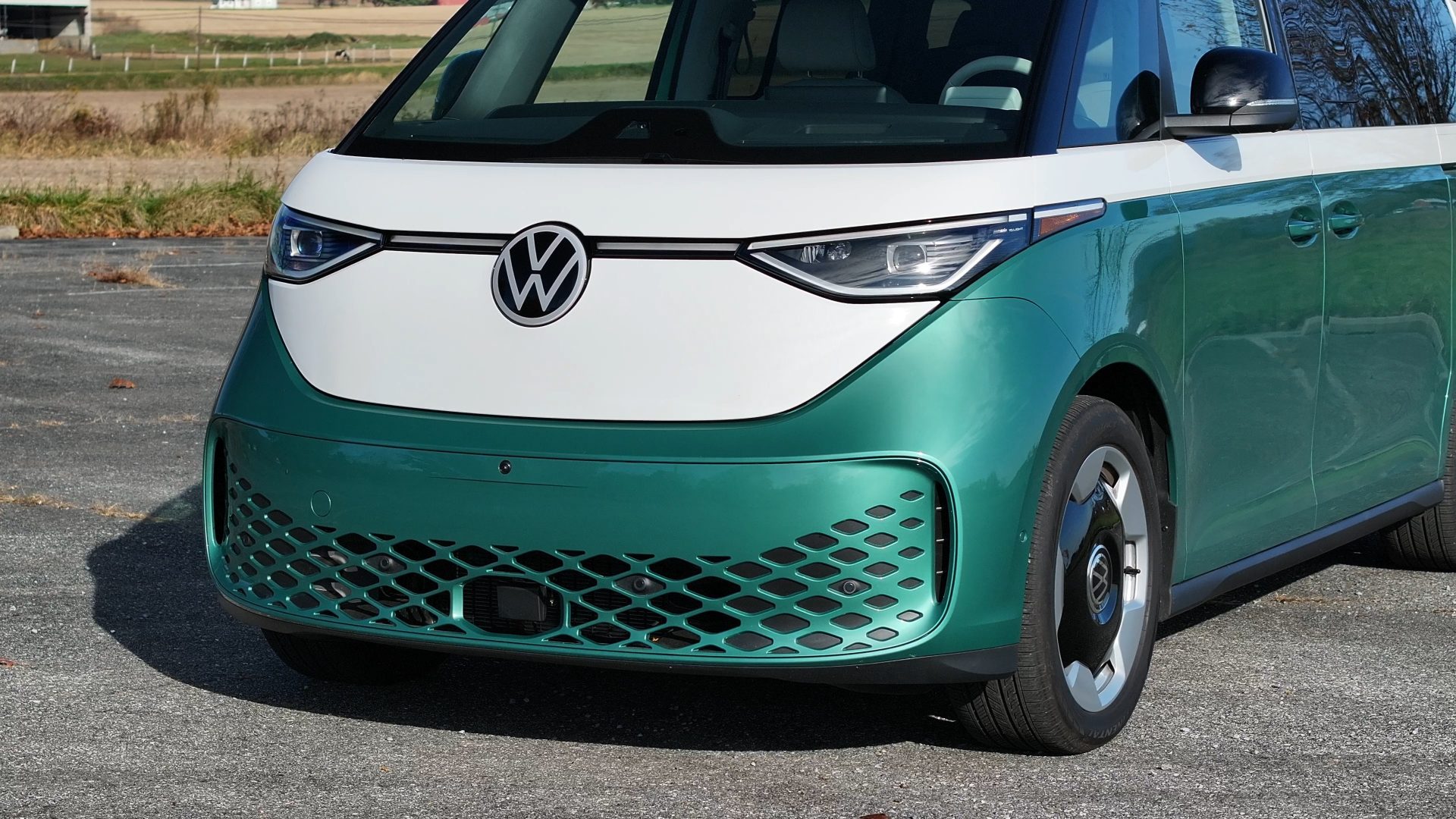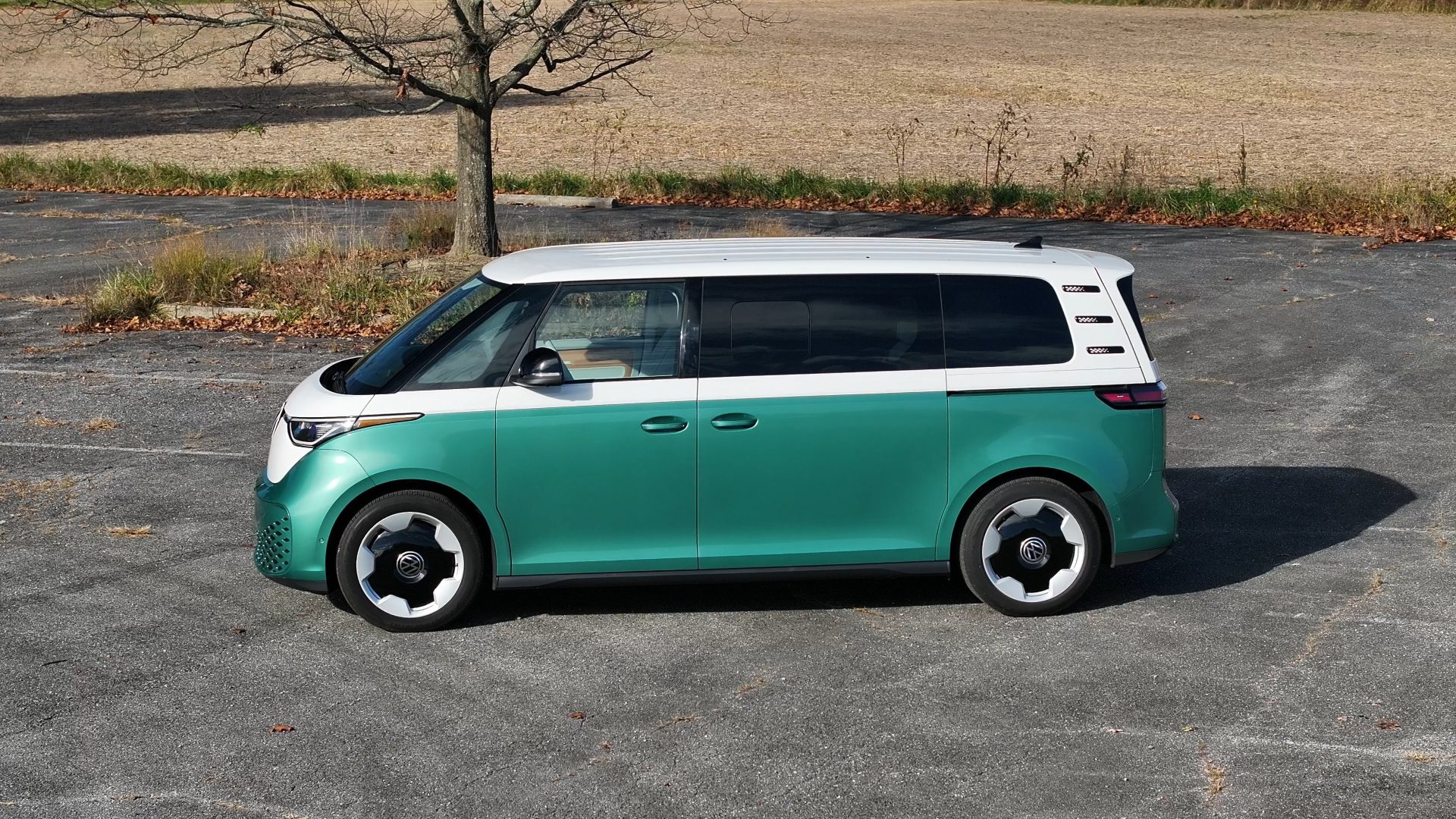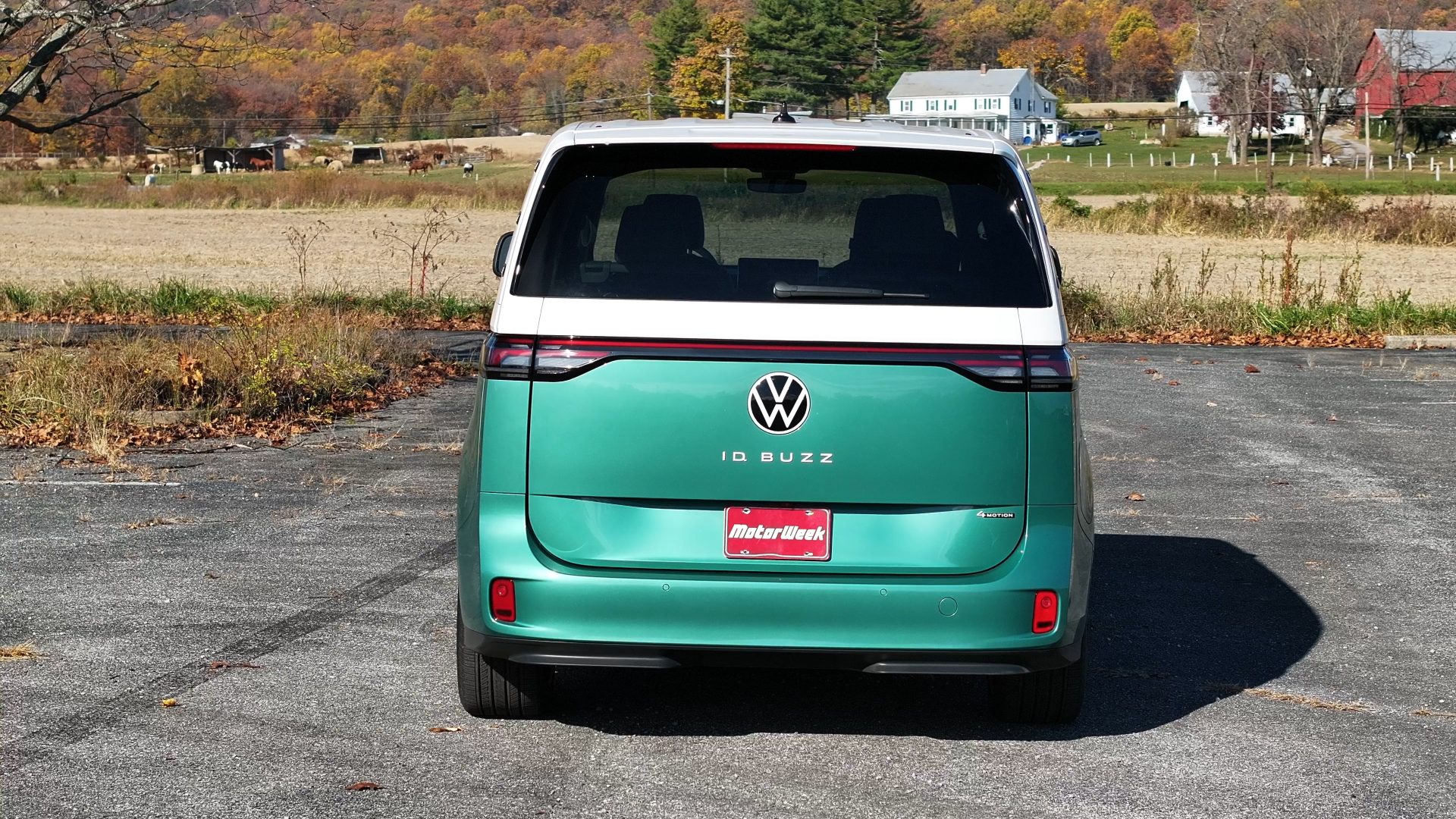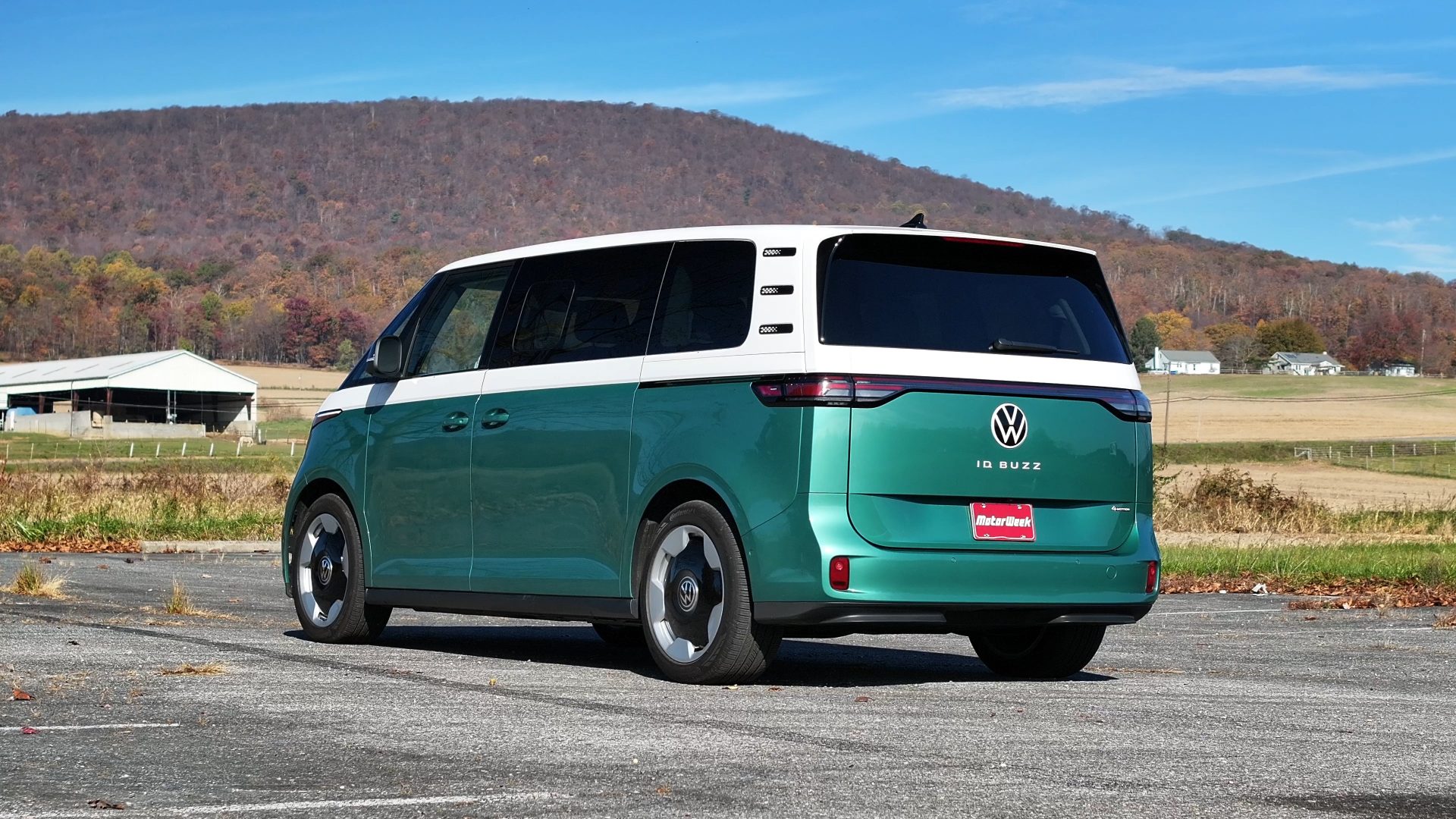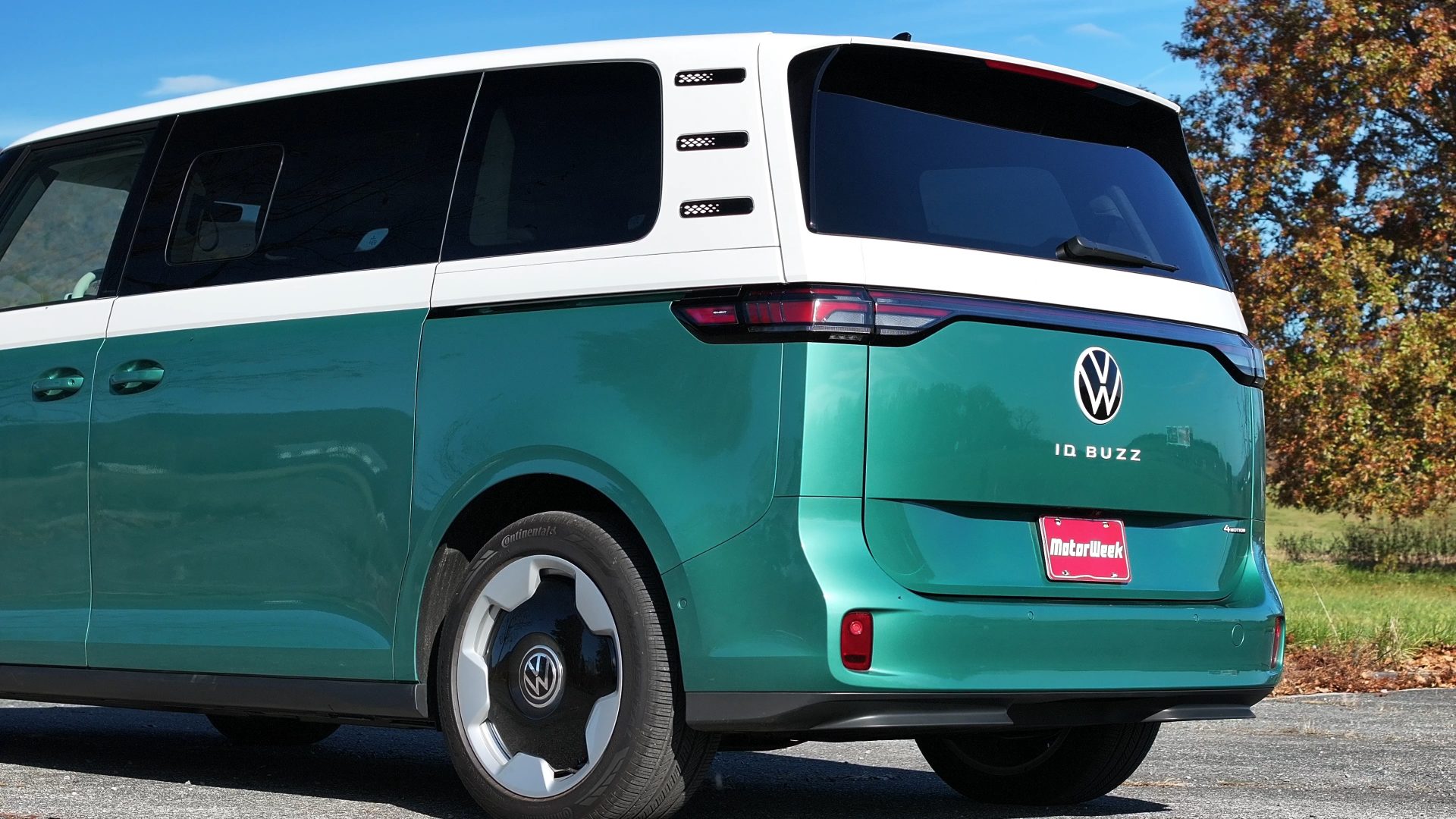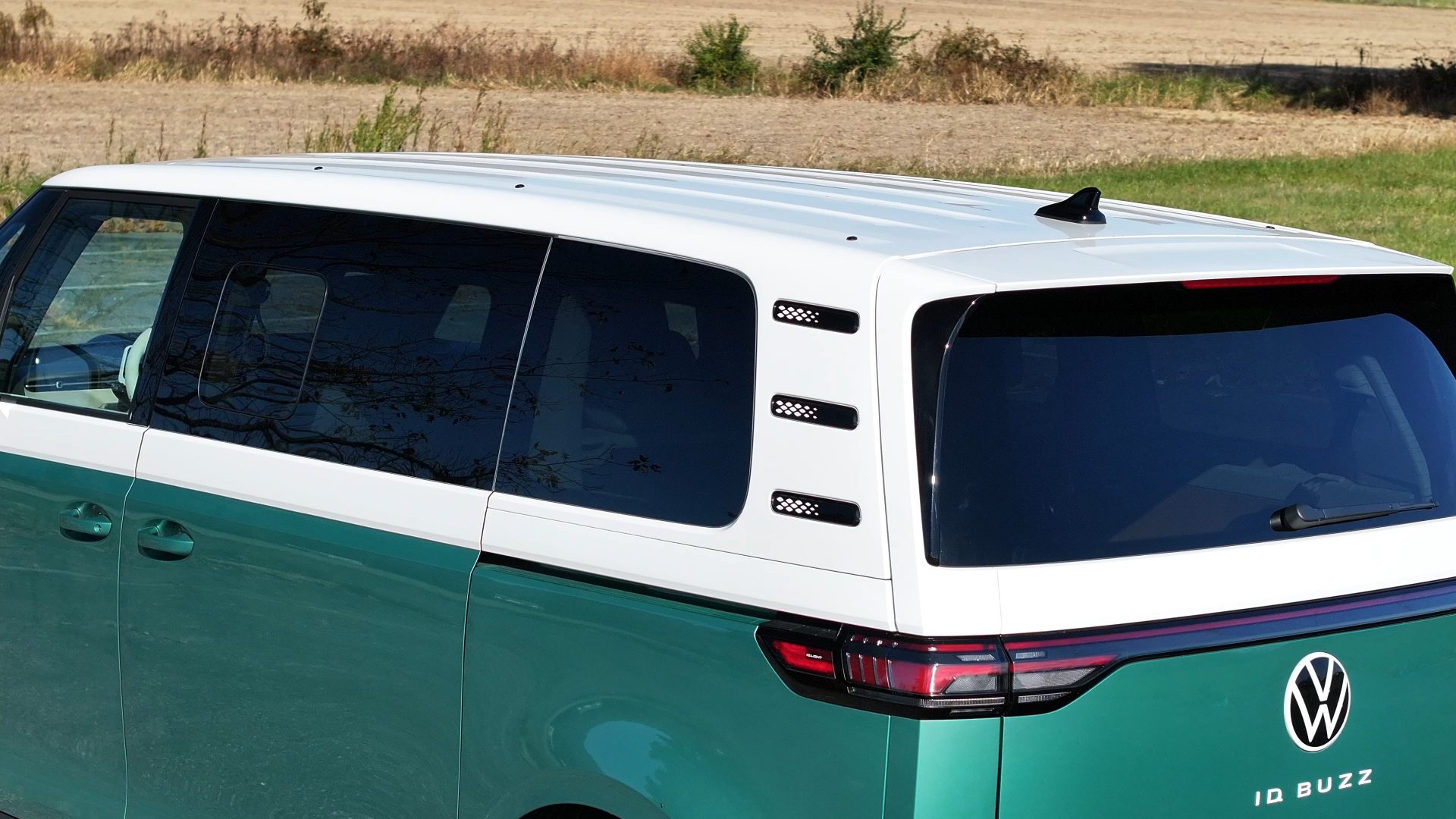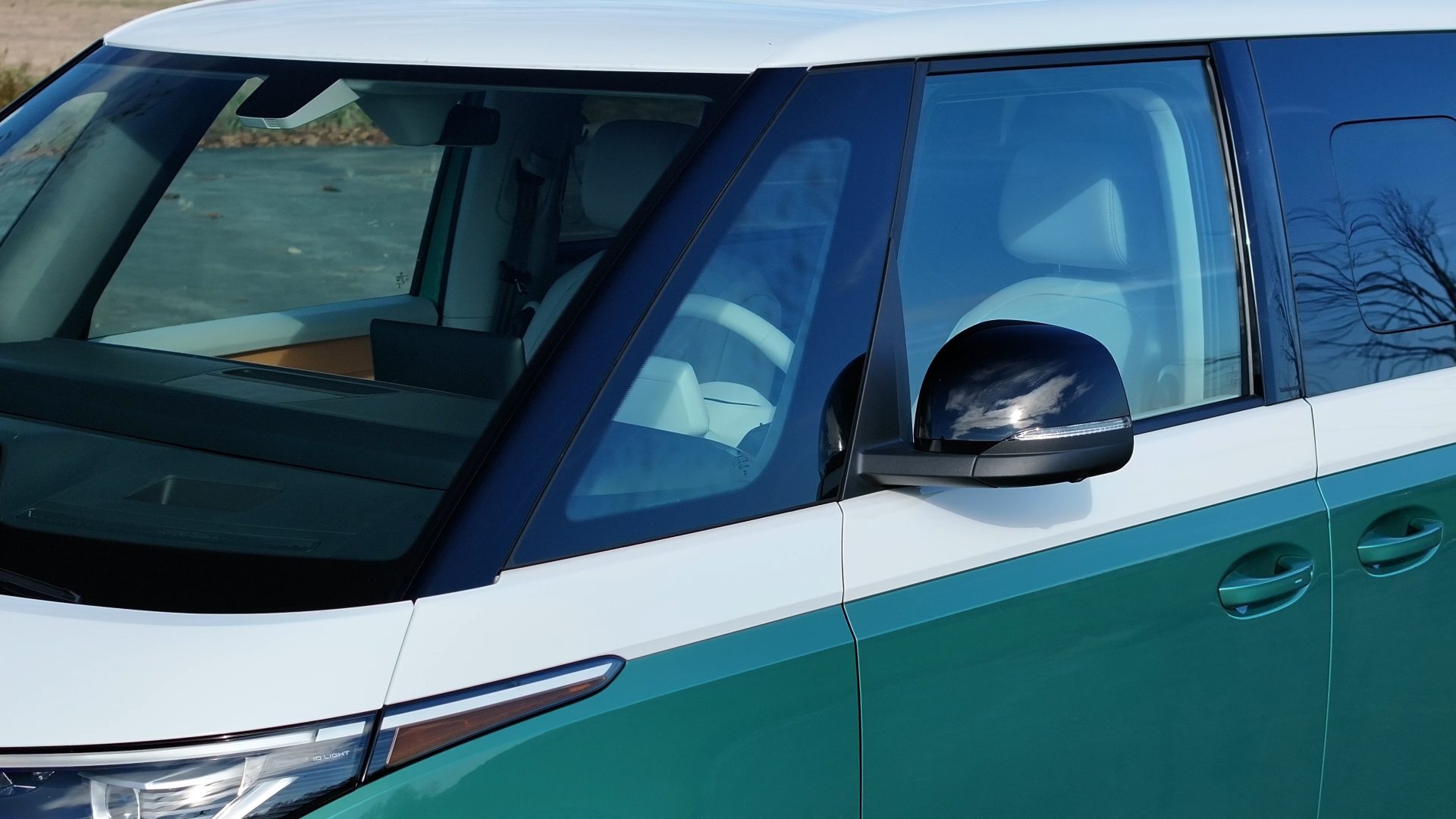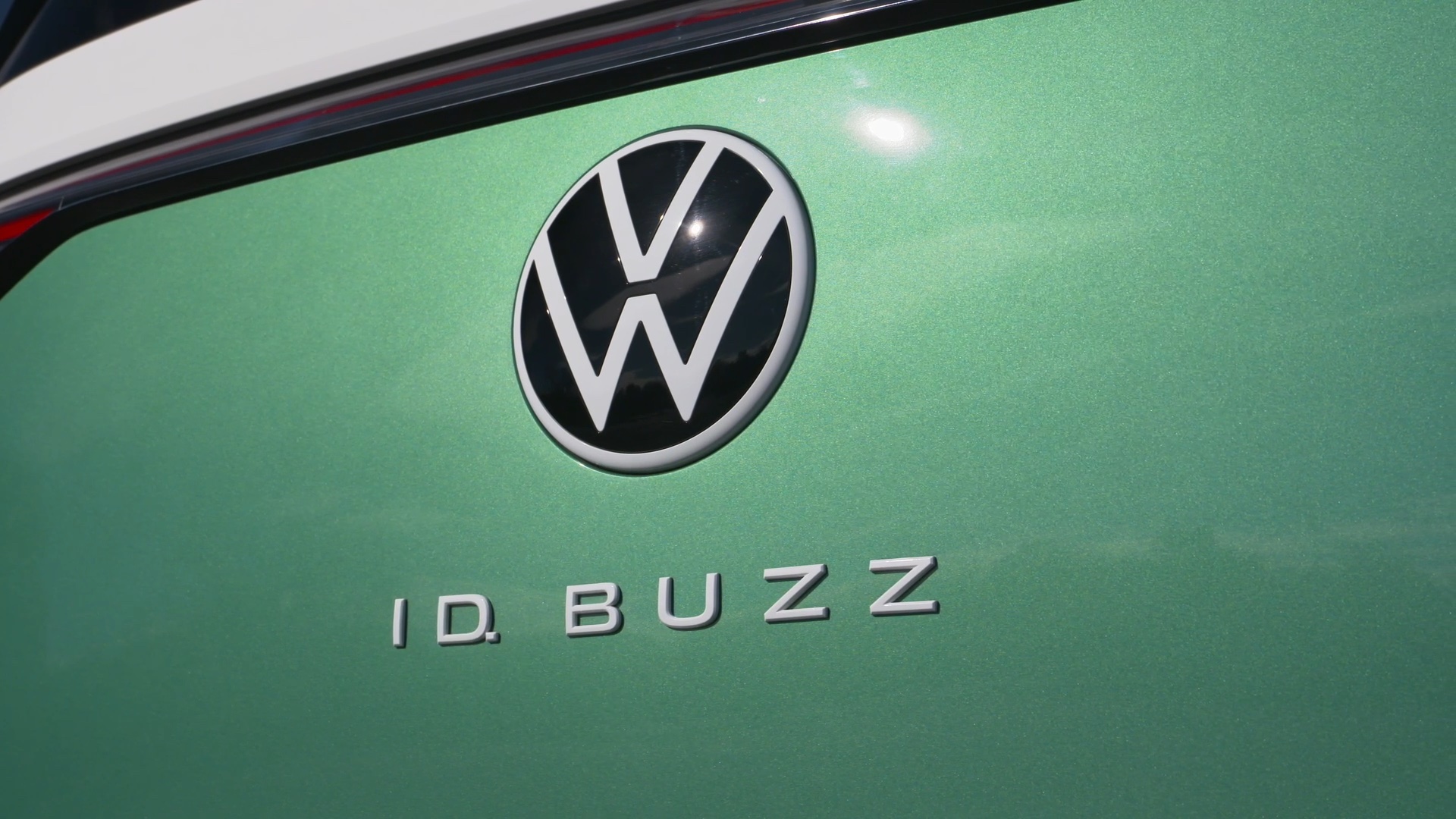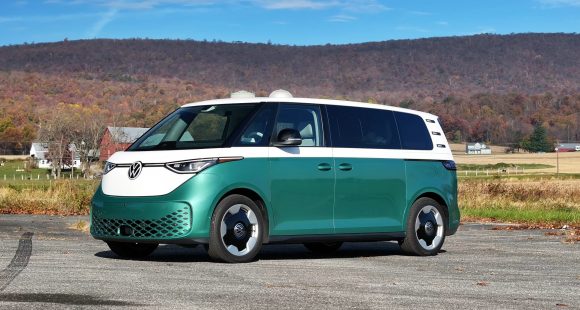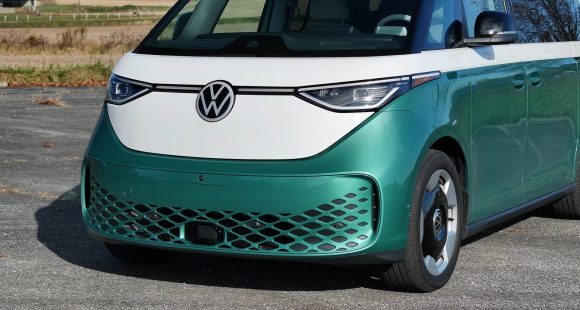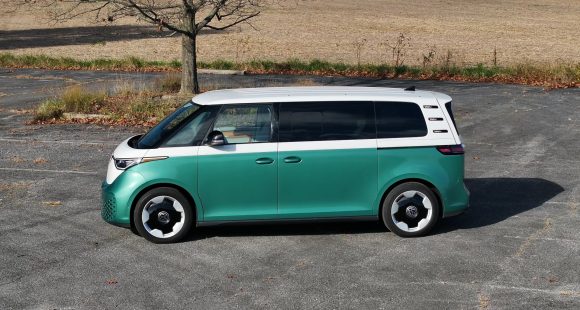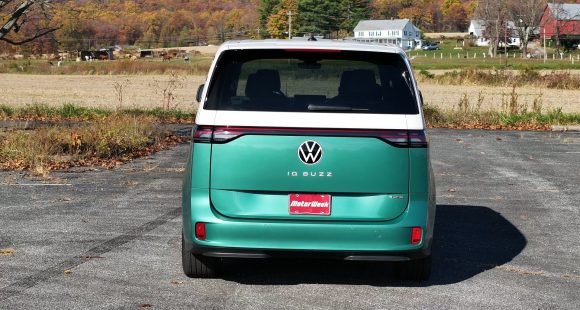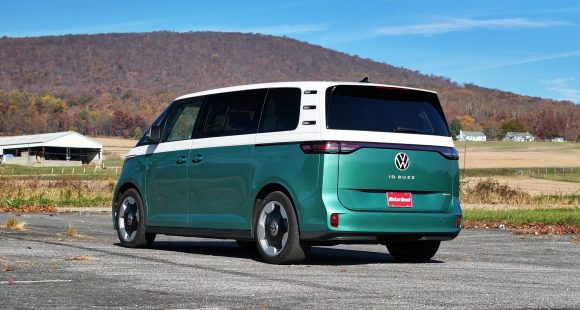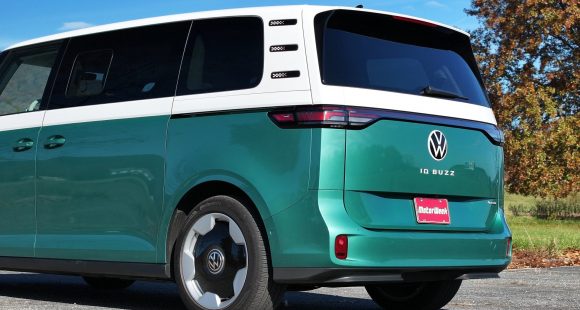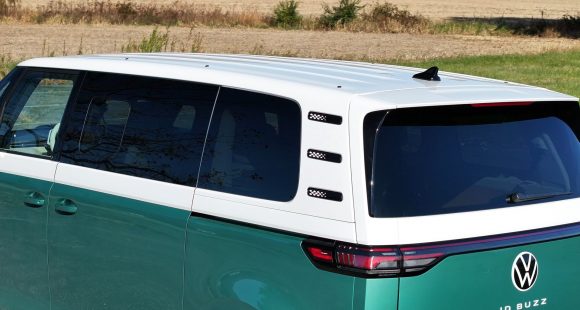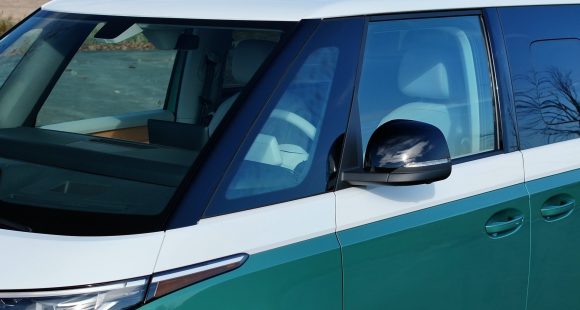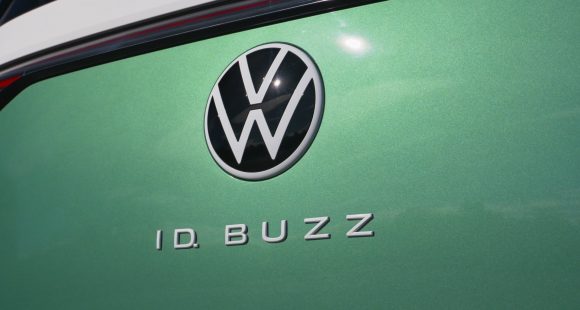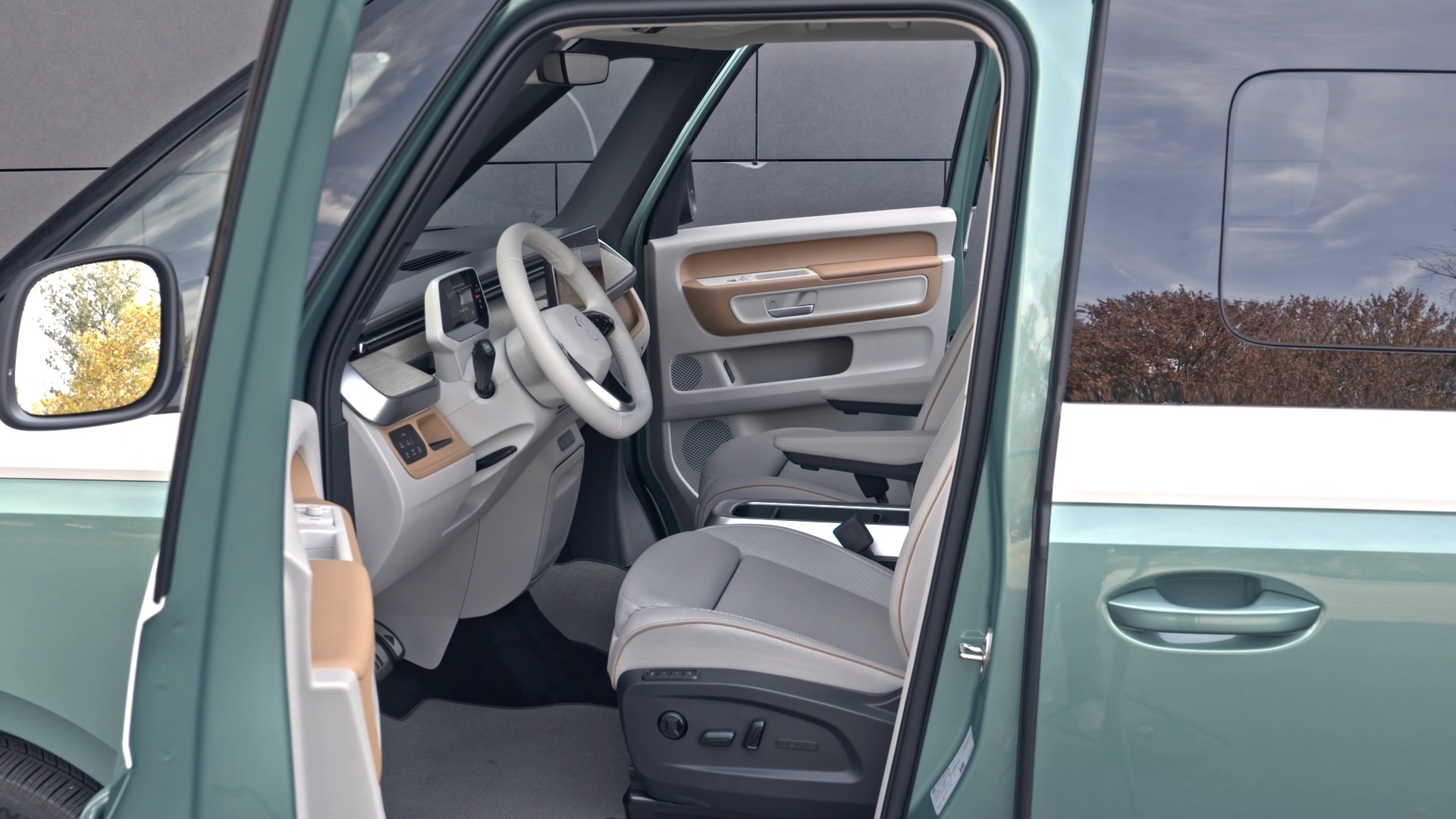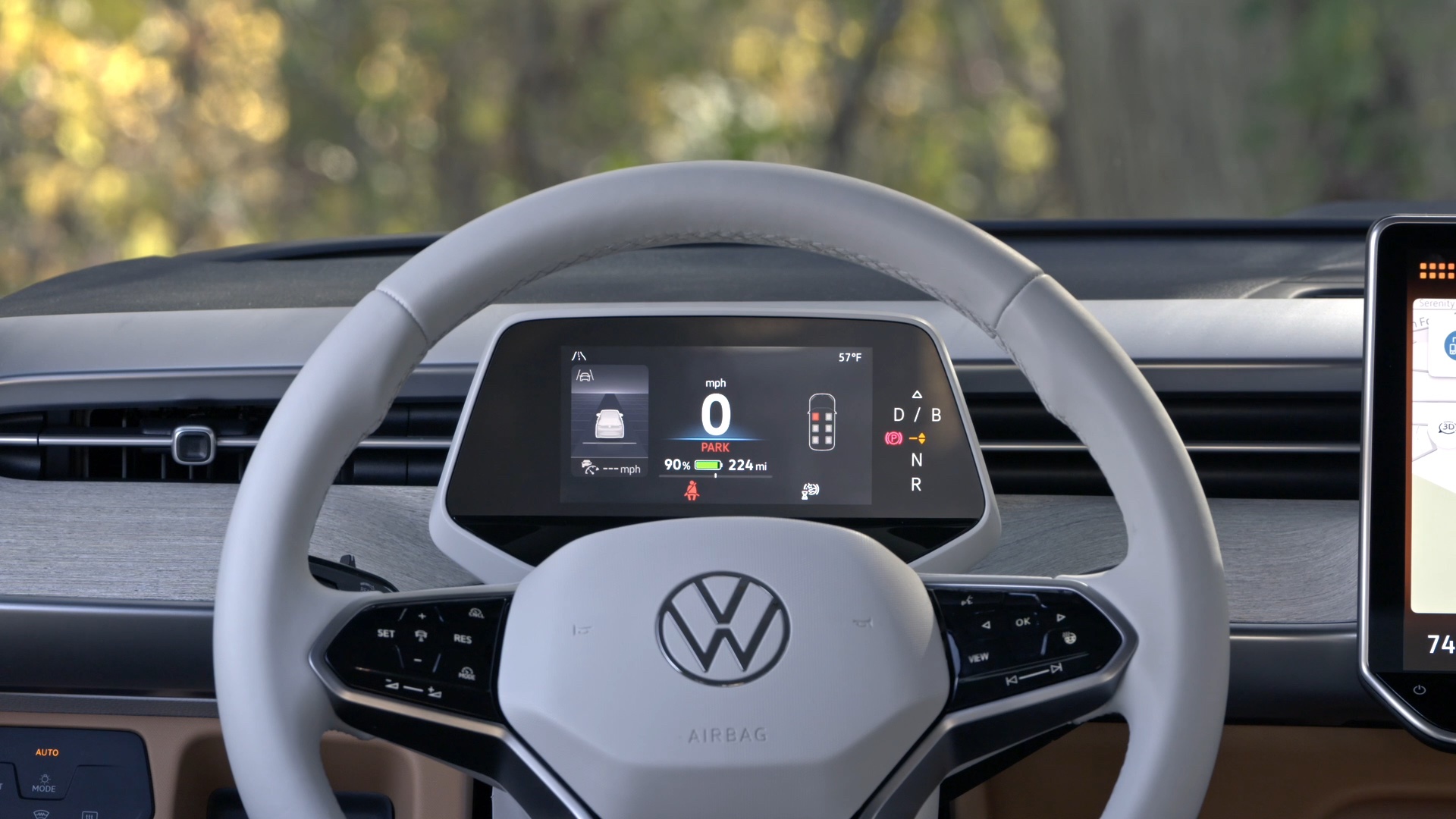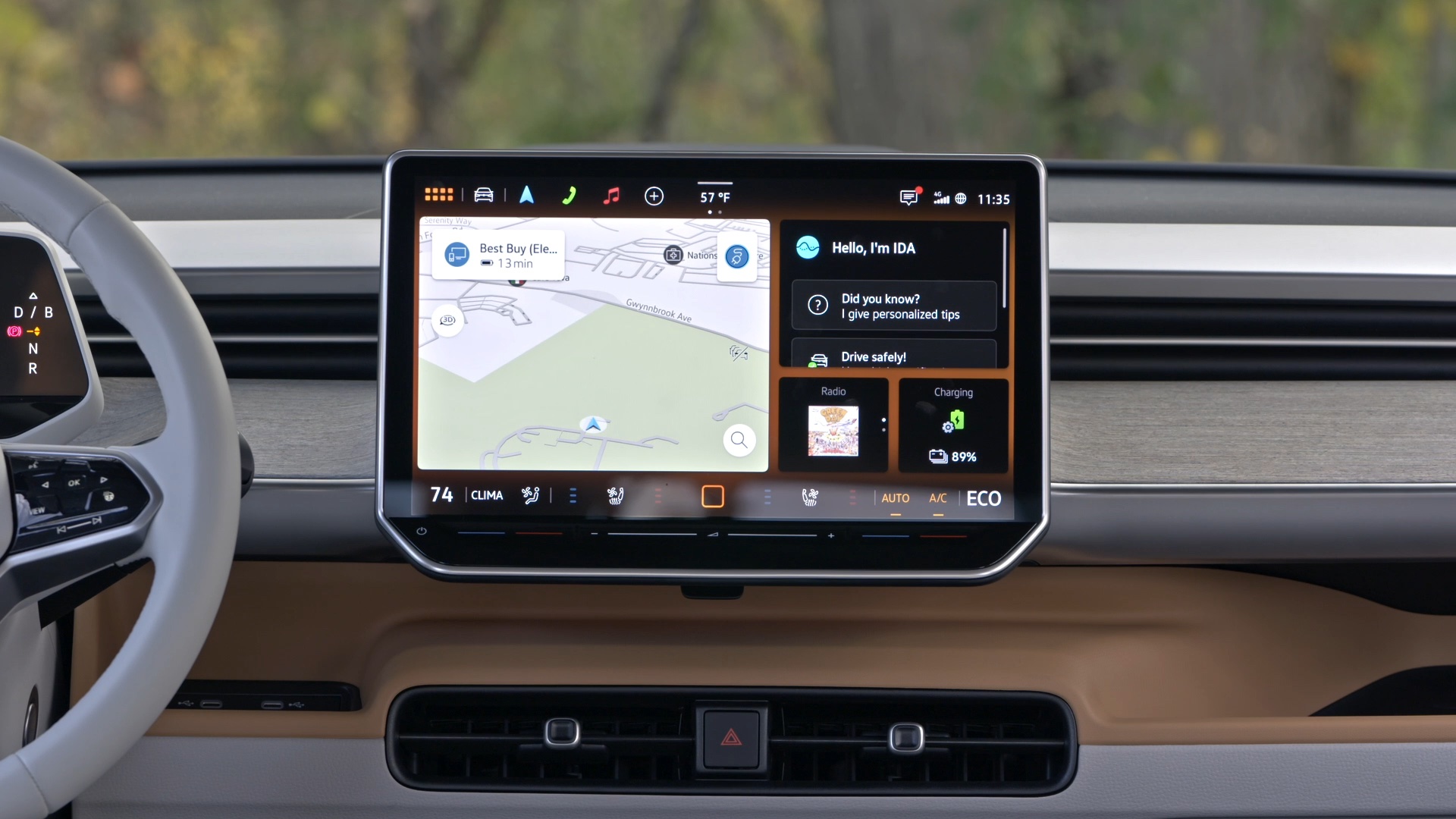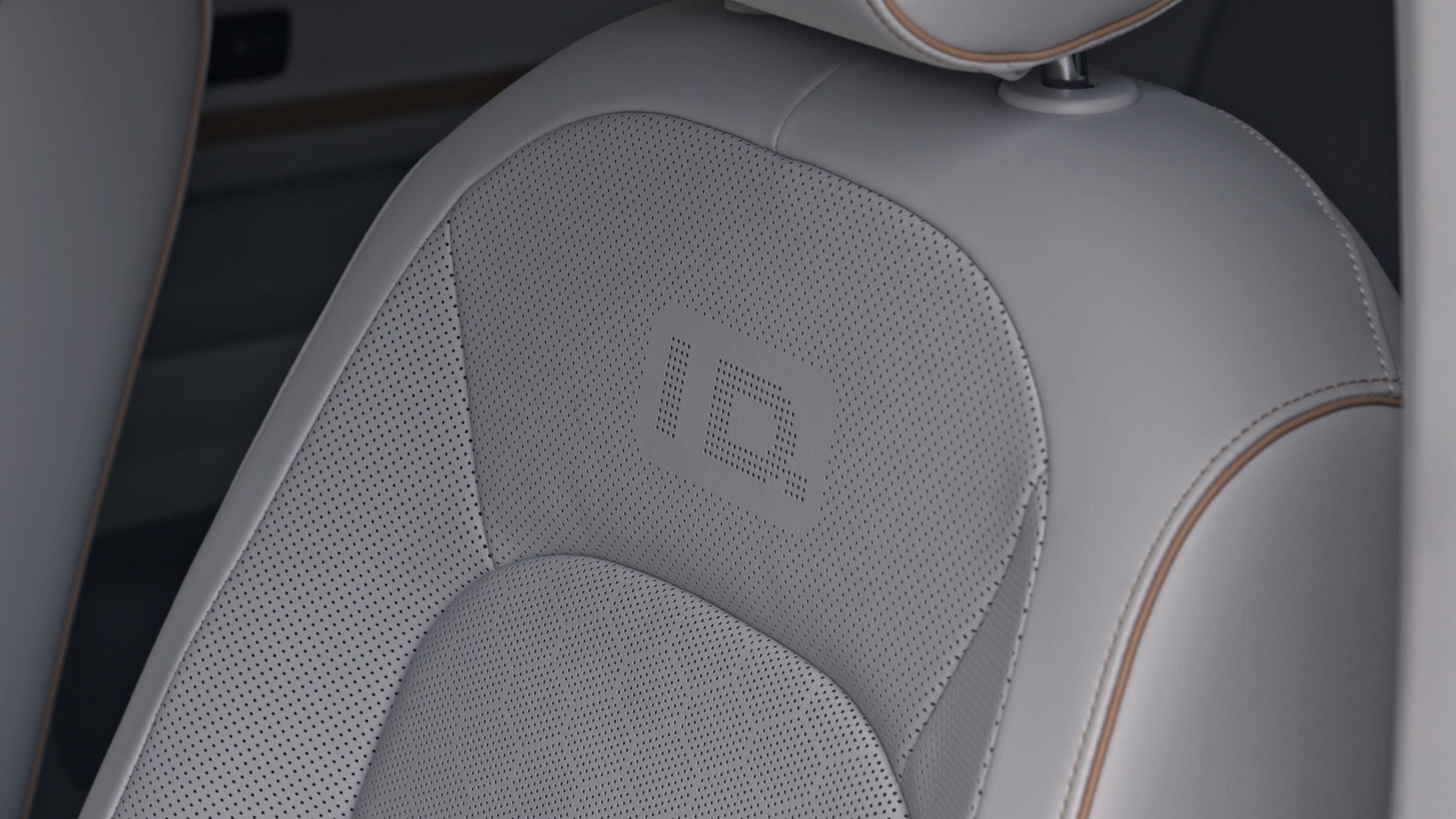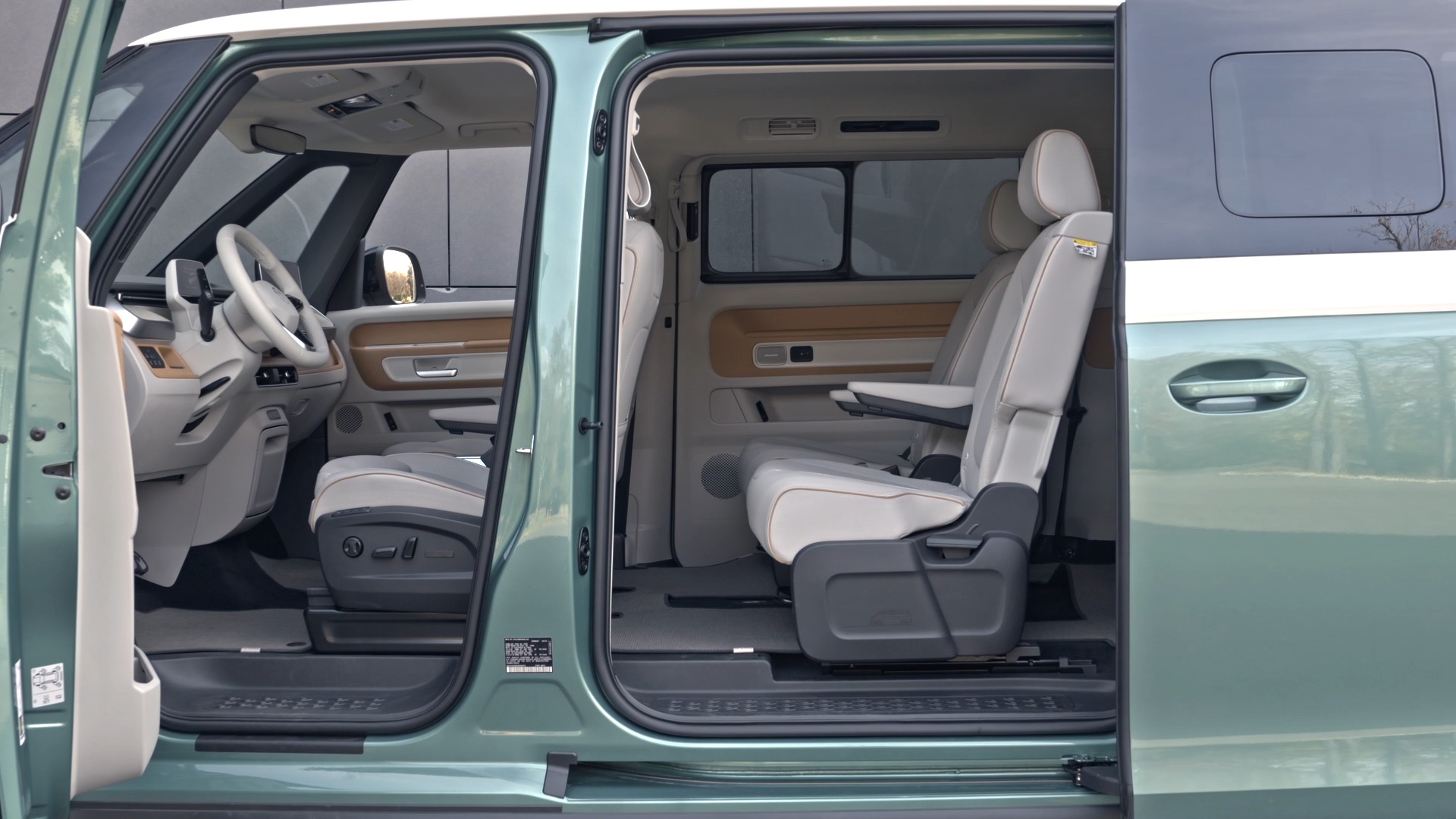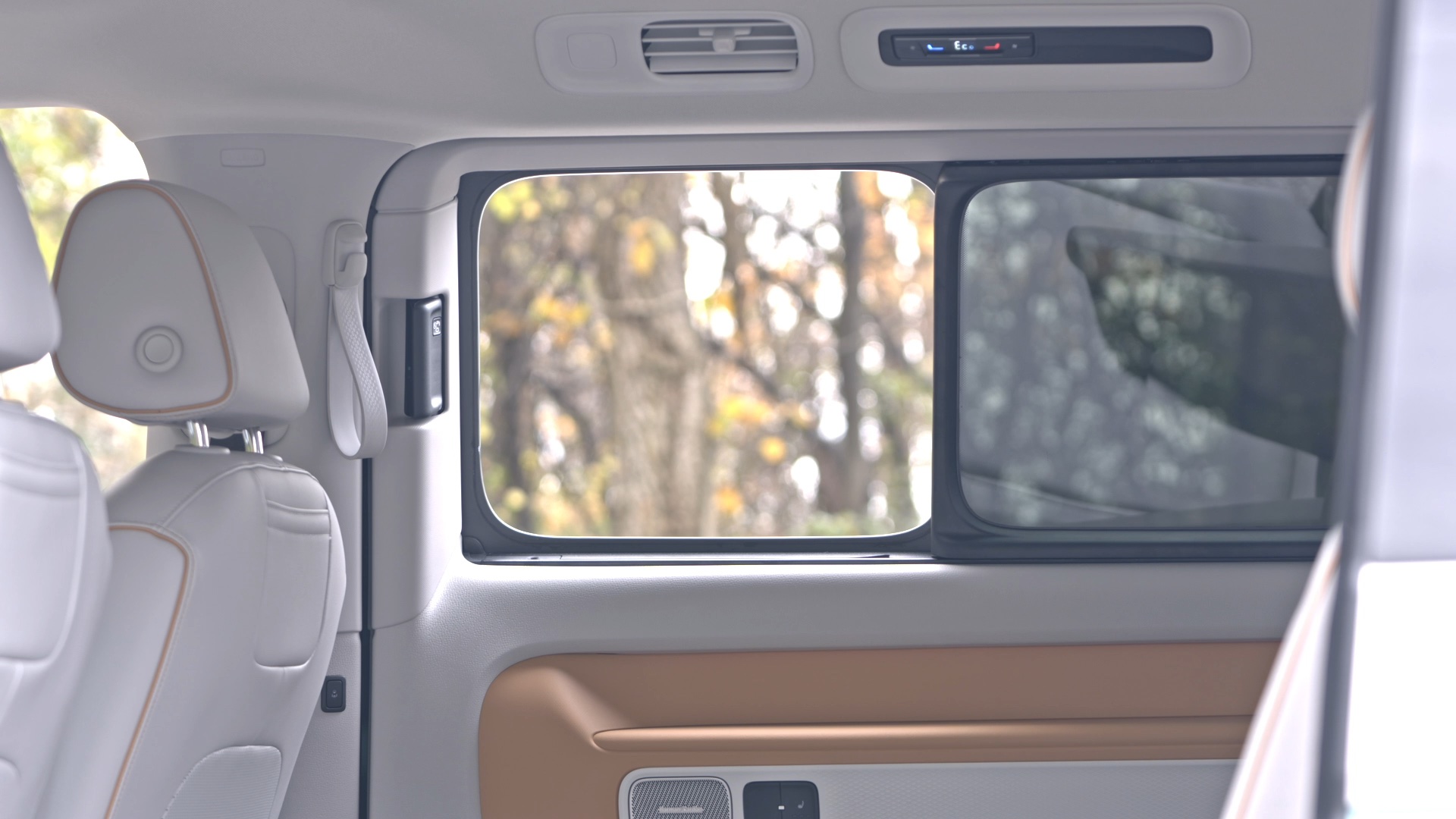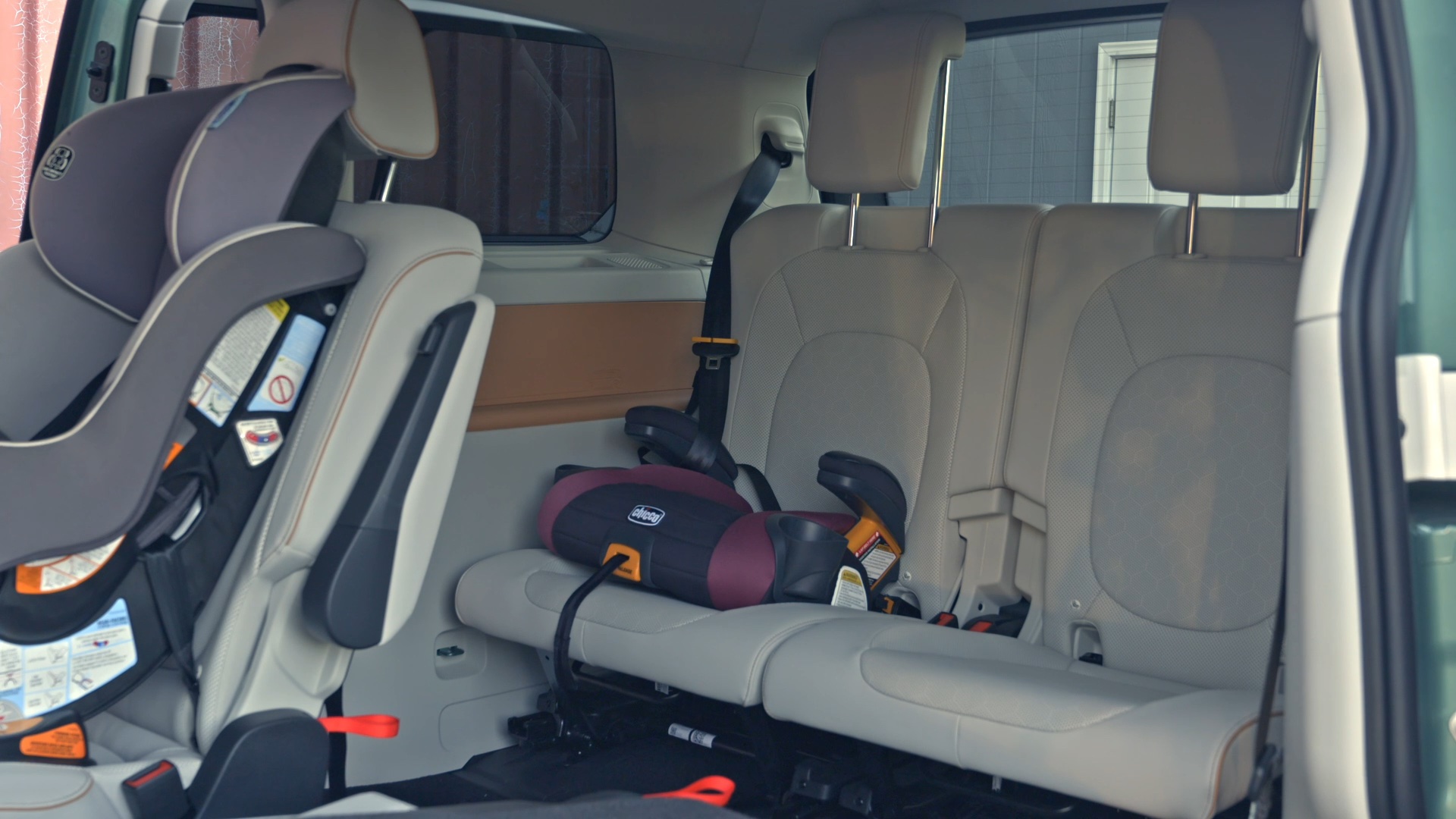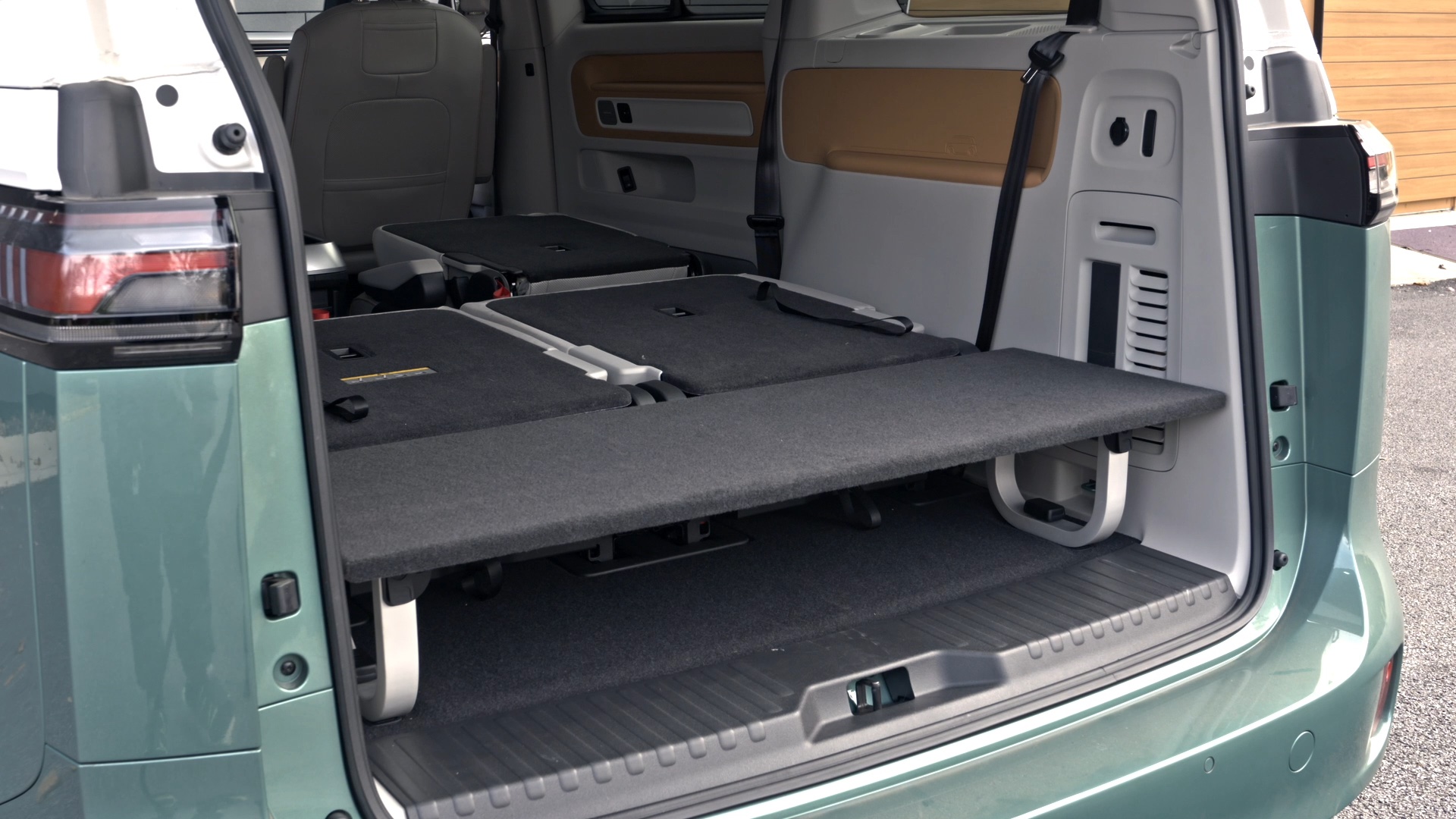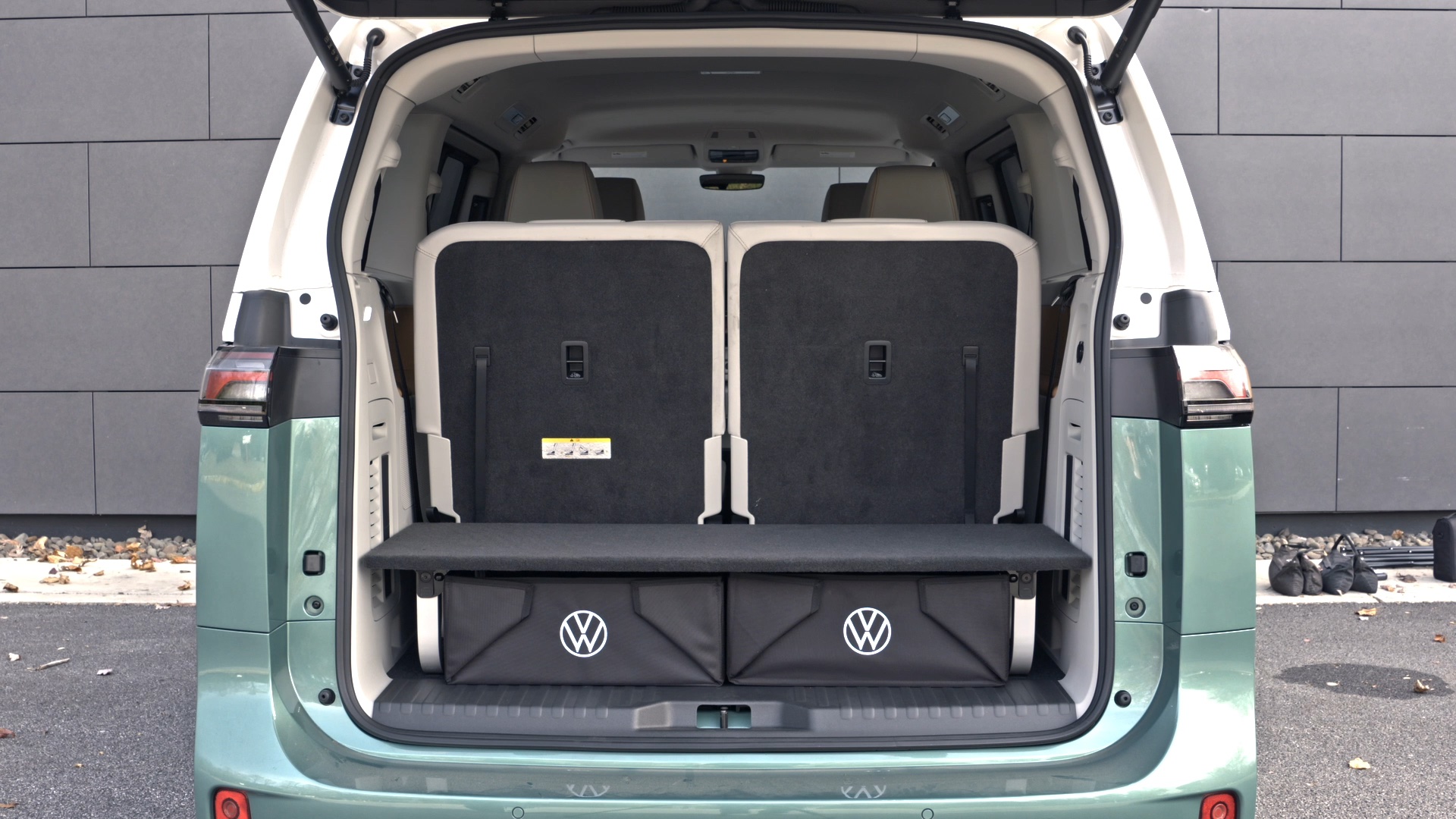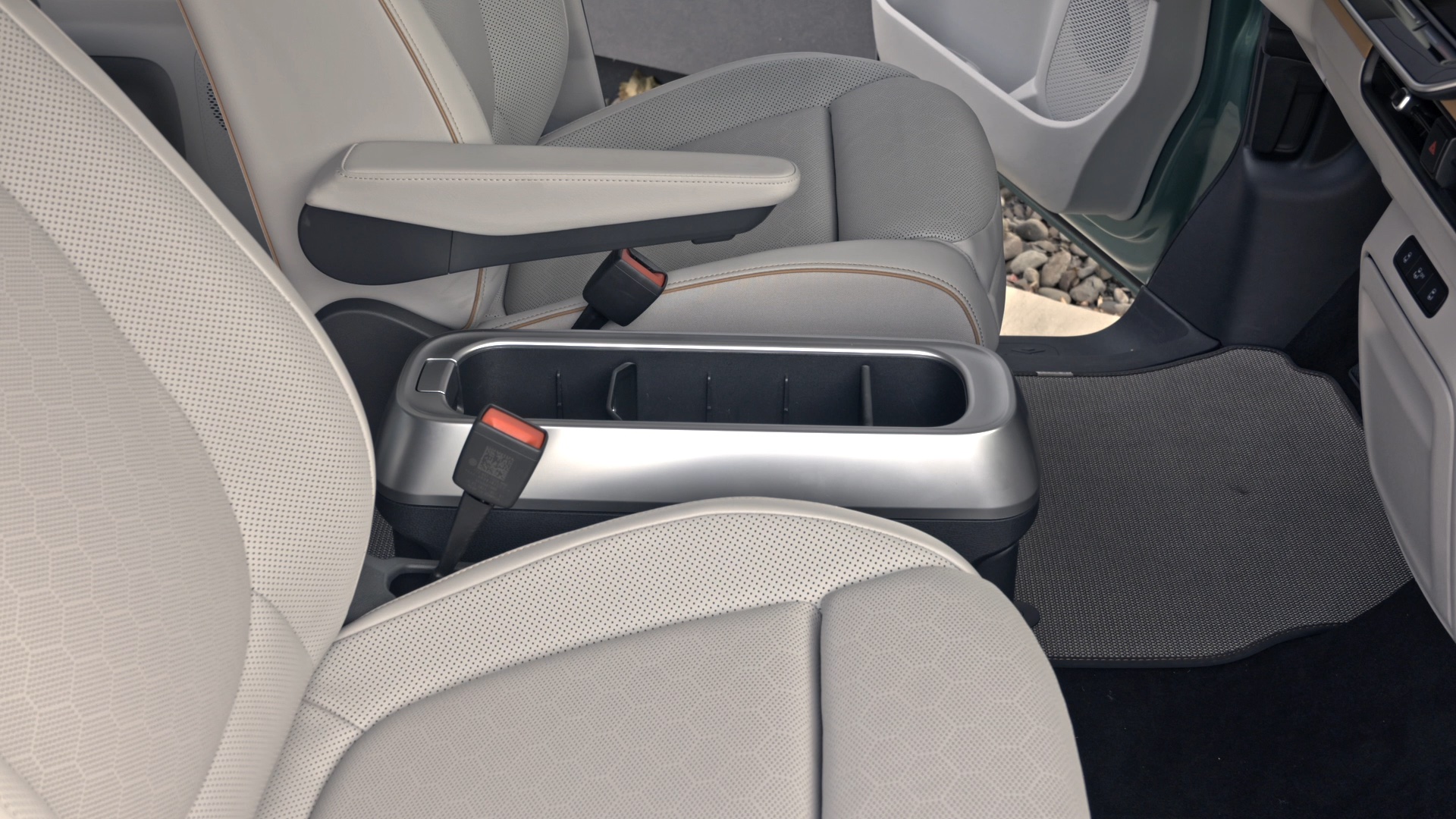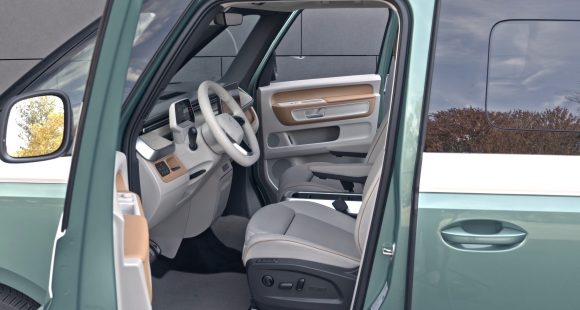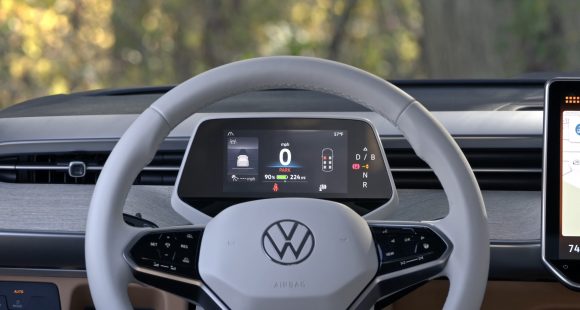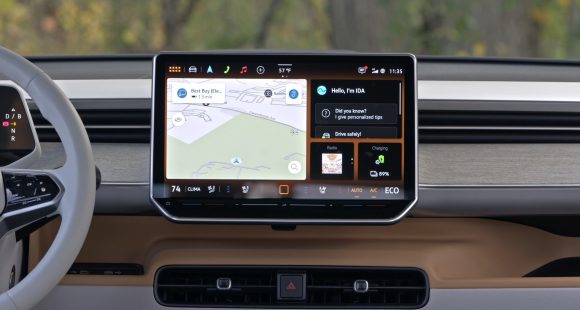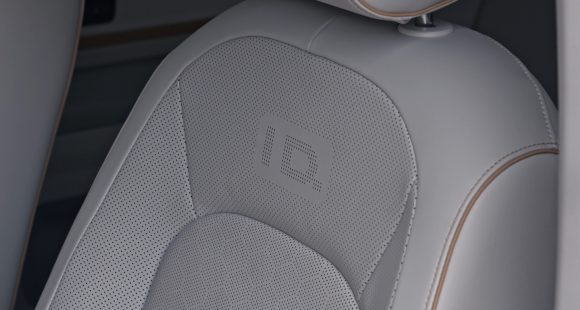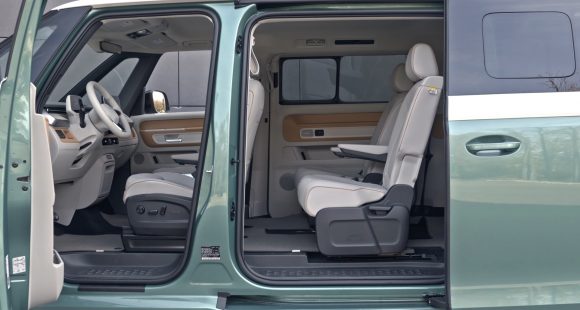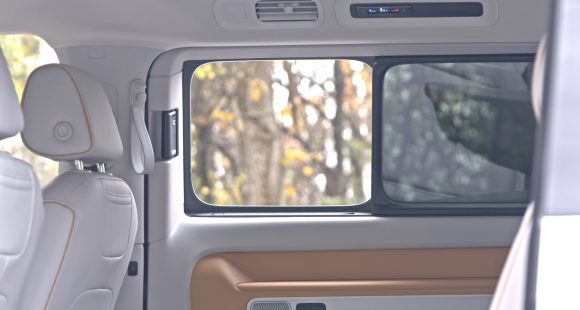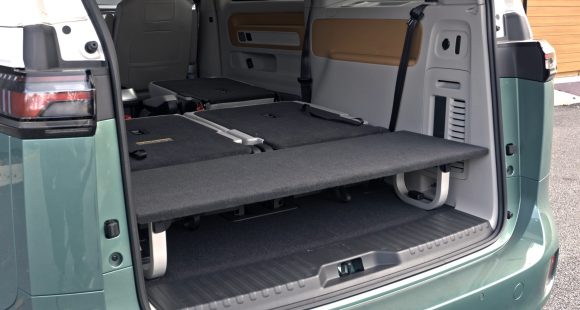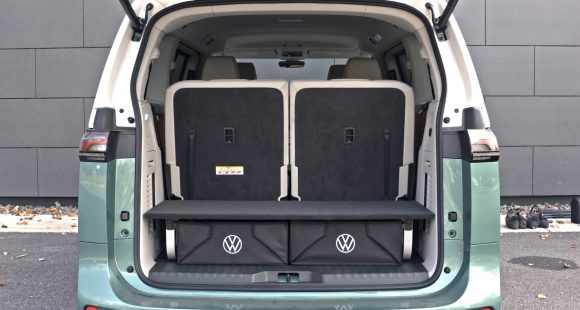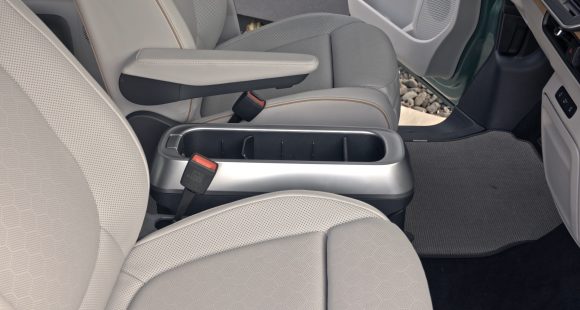2017 Kia Optima Hybrid
The euro-styled kia optima mid-size sedan has been quite a hit for the brand, and a favorite of ours here at Motorweek as well. But what most people may not realize is that the optima lineup includes a gasoline-electric hybrid. And for 2017, it gets a full redesign, encompassing all of the benefits of the optima’s new 4th generation chassis.
Kia has actually had a high mileage hybrid in the Optima lineup since 2011. And with the 4th generation of Kia’s midsizer kicking off last year, 2017 sees an all-new powertrain for this gasoline-electric. The new hybrid system consists of 2.0-liter I4, downsized from the previous gen’s 2.4-liter. But, there’s a bigger electric motor in place to aid it, 38-kW compared to last year’s 30-kW motor. Combined, horsepower is actually down from 206 to 192; but torque is much torquier, climbing from 195 lb-ft. to 271.
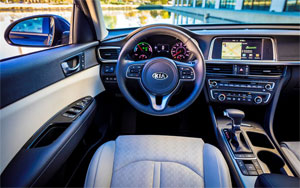 Battery size increases from 1.4 to 1.6-kWh; and as before, it’s placed under the rear trunk floor, robbing a bit of storage space, though keeping the split/folding seatbacks in play. Capacity is 13.4 cubic-ft., compared to the base sedan’s 15.9. Thankfully, the transmission is still a 6-speed auto; and there’s been no change to a CVT. Government Fuel Economy Ratings are 39-City, 46-Highway, and 42-Combined; so our average of 41.7 miles-per-gallon on Regular was just about spot on. That makes for a very good Energy Impact Score, with use of just 7.8-barrels of oil per year while emitting just 3.5-tons of CO2.
Battery size increases from 1.4 to 1.6-kWh; and as before, it’s placed under the rear trunk floor, robbing a bit of storage space, though keeping the split/folding seatbacks in play. Capacity is 13.4 cubic-ft., compared to the base sedan’s 15.9. Thankfully, the transmission is still a 6-speed auto; and there’s been no change to a CVT. Government Fuel Economy Ratings are 39-City, 46-Highway, and 42-Combined; so our average of 41.7 miles-per-gallon on Regular was just about spot on. That makes for a very good Energy Impact Score, with use of just 7.8-barrels of oil per year while emitting just 3.5-tons of CO2.
That’s a significant improvement over last gen for sure, but still short of many other hybrids out there. For those looking for more, a plug-in version with a larger battery and up to 27 miles of EV-only driving is on the way. As for daily use, the Optima hybrid makes some noises you wouldn’t hear in a typical petrol Optima, but otherwise operates with the same smooth, Euro-like demeanor. After an hour or two behind the wheel, it’s easy to forget you’re even in a hybrid. If you wish to be reminded, a new Eco-Driver Assistance System will coach you on how to get the most efficiency as possible, with prompts in the IP, as well as with audible alerts. With very good steering feel, this gen’s stiffer chassis, and the aforementioned transmission; this is one hybrid we truly enjoyed driving.
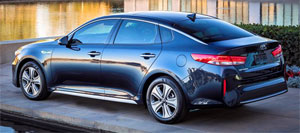 There’s good comfort in all seating positions and plenty of nice soft touch materials. EX trim comes with heated leather seats, heated steering wheel, surround sound, and navigation. Adding the Technology package will get you a panoramic sunroof, ventilated front seats, heated rear seats, and a host of safety systems including Autonomous Emergency Braking. The exterior differs little from base Optima. That’s a good thing as far as we’re concerned, as we feel the Optima is one of the best looking rides in the family sedan segment.
There’s good comfort in all seating positions and plenty of nice soft touch materials. EX trim comes with heated leather seats, heated steering wheel, surround sound, and navigation. Adding the Technology package will get you a panoramic sunroof, ventilated front seats, heated rear seats, and a host of safety systems including Autonomous Emergency Braking. The exterior differs little from base Optima. That’s a good thing as far as we’re concerned, as we feel the Optima is one of the best looking rides in the family sedan segment.
But, nothing is for free, as there’s always a price to pay. Here, it starts at $26,890 in Premium trim, or about a grand less than the stingier Toyota Camry Hybrid. Optima Hybrid in EX trim, at $31,885, is about 5-grand over a standard non-hybrid Optima.
The 2017 Kia Optima may come up short when it comes to absolute fuel economy. But, much like the Ford Fusion Hybrid and Chevrolet Malibu Hybrid, it offers handsome styling, and a traditional sedan feel, that many other modestly priced hybrids can’t match, plus, it adds a unique driving experience that’s clearly European in flavor. So, don’t look at the Optima Hybrid as the ultimate hyper-miler’s choice, but a more efficient option for those looking for a roomy, great looking, fine driving car.
Specifications
- Engine: 2.0-liter I4
- Horsepower: 192
- Torque: 271 lb-ft.
- EPA: 39 mpg city / 46 mpg highway
- Energy Impact: 7.8 barrels of oil/yr
- CO2 Emissions: 3.5 tons/yr
2025 Volkswagen ID. Buzz
Volkswagen Brings Beetlemania Level Of Excitement To Minivan Segment
The duty of upholding Volkswagen’s heritage has most recently been delegated to small legacy car names like Golf and Jetta. But hold on! A much larger, totally modern take on VW’s classic microbus has just buzzed over the horizon— the all-electric ID. Buzz. It’s been at the top of our minds since we first saw the concept back in 2017. Well, it’s finally here, so let’s get our groove into drive!
This 2025 Volkswagen ID. Buzz has indeed created the most buzz around Volkswagen since the Beetle’s return to the U.S. in the late 1990s. We couldn’t drive it anywhere without drawing a crowd. No wonder, just about everyone has a VW Microbus story to tell, and seeing this reimagined version rolling down the street brings back all those memories.
VW really pulled it off as far as we’re concerned, as it looks great without appearing over the top. All the cues are here: Big VW logo front and center, lots of greenhouse including A-pillar windows and mini sliders for the second-row passengers, D-pillar air vents, and two-tone wheels. And while its appearance may be pure retro, its drivetrain is far from it, as the ID. Buzz is all-electric, and unlike the new Beetle, the Buzz does retain the original Microbus’ rear-drive architecture.
Powering those rear wheels is a 210-kW motor drawing juice from a 91-kWh battery for a range of 234 miles; 200-kW max charging will get you to 80% in about 26 minutes. Buyers can add another small 80-kW motor up front for 4motion all-wheel-drive and an increase of total output from 282 to 335 horsepower with a combined 512 lb-ft of torque. It uses the same battery, but range estimates drop just slightly to 231 miles. But while those numbers are modest, we also found them to be quite conservative, as we observed as many as 287 miles available in our all-wheel-drive tester’s gauge display and were on pace for 273 miles in our driving loop.
One throwback theme that may be a turnoff to some is that it’s quite a step up into the Buzz’s front seats, but there’s certainly a commanding view of the road once you climb in. Second row seating can be either a three-place bench or a pair of captain’s chairs, so there’s generous room for seven or six passengers. The captain’s chairs in our Pro S Plus offer good support and very easy access to the third row.
Lots of flexibility too with the option to simply fold the seats or remove them altogether.
With the sliding side doors and a wide opening rear hatch, there’s plenty of access for loading big sport utility amounts of cargo. Lots of flexibility too with the option to simply fold the seats or remove them altogether, and the ability to create a full-length flat floor with a rear cargo shelf that covers some handy removable storage bins. There’s 18.6 cubic-feet of space behind the third row, 75.5 behind the second, and a max of 145.5. That’s more than a Chevrolet Tahoe. For smaller items, there are lots of cubbies throughout the cabin, along with a standard Buzz Box that can be moved to multiple locations.
With a design that prioritizes retro form and modern function over aero efficiency, the 4motion equipped ID. Buzz earns a Fair efficiency rating, using 42-kWh of electricity per 100 miles, and we weren’t sure what to expect at our Mason Dixon test track.
What we found was great torque off the line and drama free launches to 60 in just 5.3 seconds. It was very stable at speed and power delivery stayed steady most of the way down the track until we reached about 90 mph, when it began to taper off just before we finished the quarter-mile in 14.0 seconds flat at 97 mph.
With 1,200-lbs. of battery weight nestled in its 127.5-inch wheelbase, the Buzz felt planted to the pavement through our handling course. There was quite a bit of body roll to deal with, but surprisingly little understeer. In panic braking runs, pedal response was inconsistent, feeling soft at times, pushing back hard at others; but through it all, results were quite good, stopping from 60 in an average of just 108 feet.
Three interior themes are available, this Dune is the brightest, featuring coastal inspired wood optic dash décor, “gray and clay” leatherette surfaces, and a high-mounted central 12.9-inch touchscreen. Pricing starts with a rear-wheel-drive Pro S at $61,545; this Pro S Plus begins at $65,045, add another $4,500 for 4motion, which brings a few extra features along with all-wheel drive.
Retro design with old-school VW charm, modern EV drivetrain, big SUV capacity merged with minivan flexibility; it all comes together in this 2025 Volkswagen ID. Buzz. It’s easily one of the coolest rides of the year and one that will likely keep Volkswagen dealers buzzing for years to come, and that’s something no other people and things mover can say.
Specifications
As Tested
- Motor Setup: Dual-Motor AWD
- Battery Size: 91-kWh
- Horsepower: 335
- Torque: 512 lb-ft
- EPA Range: 231 miles
- 0-60 mph: 5.3 seconds
- 1/4 Mile: 14.0 seconds at 97 mph
- Braking, 60-0: 108 feet
- MW Test Loop: ~ 273 miles







